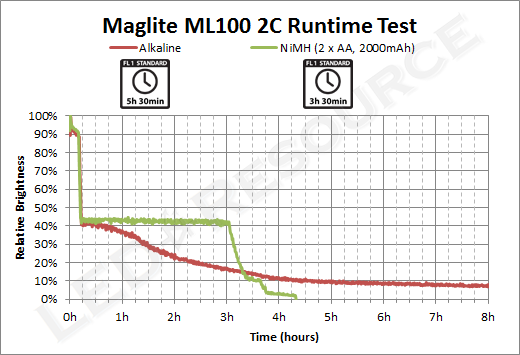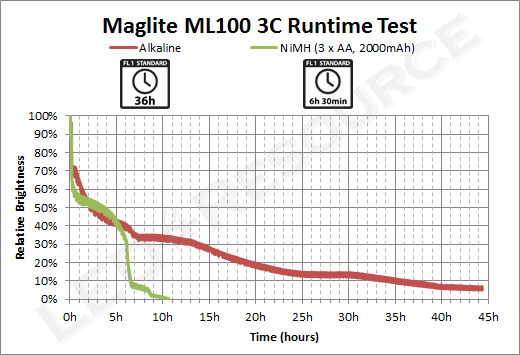GForGeep
Newly Enlightened
- Joined
- Dec 12, 2011
- Messages
- 168
I couldn't find the answer on the forums so please help me understand how these numbers make sense.

My coworker got me the 3D version and it's pretty cool, amazing throw for an inexpensive light. But how does 1 more D battery change the run time from 8 hours (2D version) to 79 hours (3D version)?

My coworker got me the 3D version and it's pretty cool, amazing throw for an inexpensive light. But how does 1 more D battery change the run time from 8 hours (2D version) to 79 hours (3D version)?



